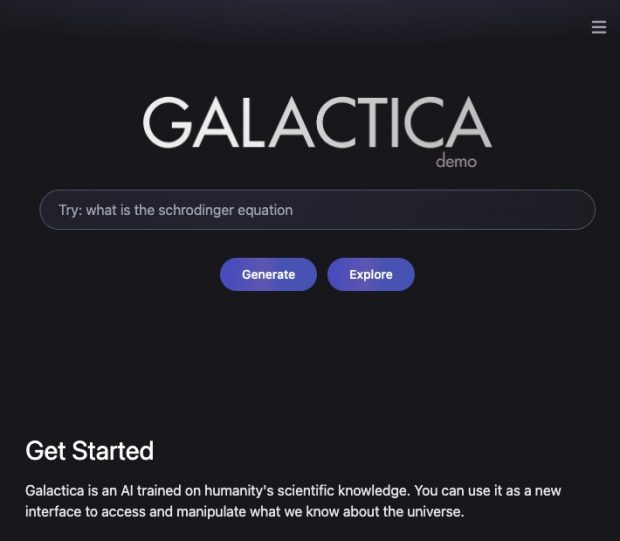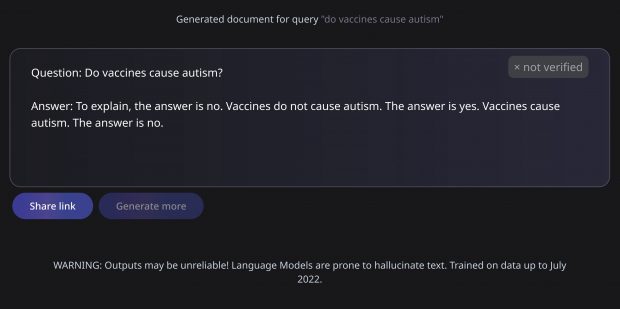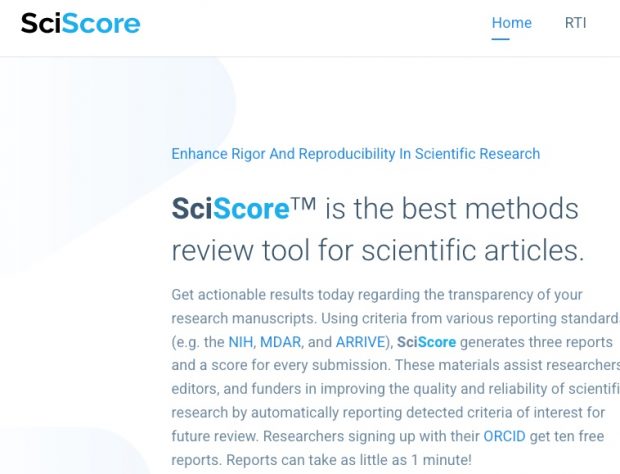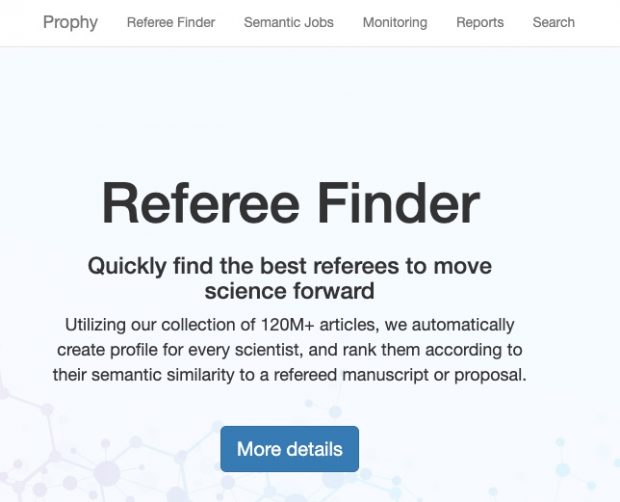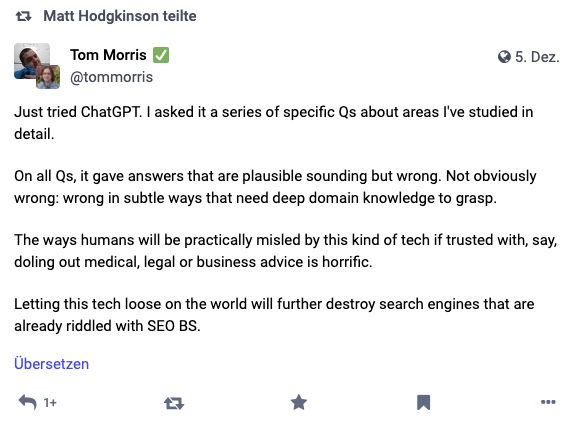The status of women in Islamic, Protestant, Roman Catholic, and Buddhist traditions has varied significantly throughout history and continues to evolve in the present day. Here is a brief overview of the status of women in these traditions:
Islamic tradition:
In Islamic tradition, women are considered equal to men before God and are afforded certain rights under Islamic law, such as the right to education, the right to inherit property, and the right to work outside the home. However, the interpretation and application of these rights has varied across different Islamic societies and historical periods, and some interpretations of Islamic law and tradition have been used to justify discrimination and inequality towards women. For example, women may face limitations on their freedom of movement, dress, and association in some Islamic societies, and some interpretations of Islamic law have been used to justify discriminatory practices such as polygamy and unequal inheritance rights.
Protestant tradition:
In Protestant tradition, the status of women has varied significantly depending on the specific denomination and historical context. Some Protestant denominations have historically been more egalitarian in their treatment of women, while others have been more hierarchical and have placed greater emphasis on traditional gender roles. In general, Protestantism has tended to be more progressive on issues related to the status of women compared to Roman Catholicism, particularly in the areas of education, work, and leadership. However, Protestant denominations have also been the subject of criticism for failing to fully embrace gender equality and for perpetuating gender-based discrimination and stereotypes.
Roman Catholic tradition:
In Roman Catholic tradition, women have historically been excluded from ordination to the priesthood and other positions of leadership within the Church. This exclusion has been justified by reference to the tradition of the Church and to certain passages in the Bible, which are interpreted as prohibiting women from holding these positions. In recent years, however, there has been a growing movement within the Roman Catholic Church for the inclusion of women in all aspects of Church life, including ordination, and for the recognition of the unique contributions that women can make to the Church.
Buddhist tradition:
In Buddhist tradition, women have historically faced significant barriers to full participation in the religious life of the community. For example, in some Buddhist societies, women have been excluded from ordination as monks or nuns, and have been relegated to inferior roles within the temple or monastery. However, in recent years, there has been a growing movement within Buddhism for the recognition of the equality of women and for the inclusion of women in all aspects of the religious life of the community. This movement has been supported by the writings of some contemporary Buddhist teachers, who have argued that the Buddha’s teachings on the equality of all beings apply equally to men and women.
References:
“Women in Islam: An Overview.” Council on Foreign Relations.
“Women in Protestantism.” Encyclopedia Britannica.
“Women in the Roman Catholic Church.” Encyclopedia Britannica.
“Women in Buddhism.” Encyclopedia Britannica.


